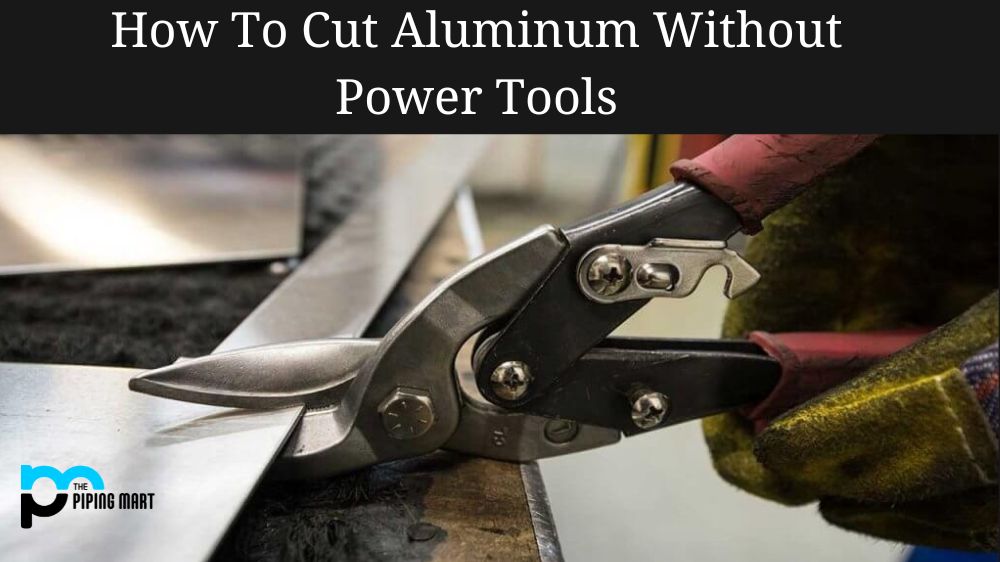Are you a beginner when it comes to cutting brass? If so, this guide is for you! Cutting brass can be daunting for a novice, but with the proper knowledge and tools, you can tackle any brass-cutting project. In this blog post, we’ll discuss how to cut brass properly so that your project turns out perfect every time.
Brass is a popular material that can be used in a variety of different applications. It is strong, malleable, and relatively easy to cut. For projects or repairs that require cutting brass, it is important to take the proper safety precautions. By equipping yourself with the right tools and supplies, you can safely and effectively cut through any type of brass. Start by securing your workpiece firmly to a flat surface. Using protective gear such as safety glasses, heavy-duty gloves, and a face mask will also help protect you from debris once you begin cutting. There are multiple ways to cut brass depending on the desired finish – saws, snips, files, or hack saws all work for thicker pieces. If working with thinner sheets of brass then tin snips or an electric nibbler tool should do the trick! With these instructions in mind, taking the proper safety precautions to avoid injury and creating beautifully precise results are within reach.
Types of Cutting Tools:
The first step in learning to cut brass is understanding the available types. If you’re using a hand-held tool like scissors or shears, make sure they are sharp and designed specifically for cutting metal. For more complex projects, power tools such as circular saws are necessary. When choosing a saw blade, look for one made of carbide steel—this will ensure it has the strength and durability needed to cut through thick pieces of brass.
Safety First:
Before beginning any cutting project involving brass, always use proper safety equipment such as goggles and gloves. The edges of raw brass are sharp and can cause injury if handled improperly. Additionally, use caution when working with power tools; these machines can be dangerous if not used correctly and should only be operated by an experienced person.
Marking Out Your Project:
Once you have all your safety gear on and your tools ready, it’s time to mark out your project. You’ll need a ruler or measuring tape to accurately measure where cuts should be made on your piece of brass. Make sure that all measurements are precise—even fractions of an inch can make a difference in how well your cuts turn out! Additionally, use a marker or pencil to mark each line before making your cuts; this will help ensure that everything is even once the cuts have been completed.
Conclusion:
Cutting brass may seem intimidating at first, but with the right knowledge and tools, it doesn’t have to be! By following these simple steps and utilizing the correct safety precautions before starting your project, you’ll be able to confidently tackle any piece of brass you come across. Good luck!

Hey, I’m Krutik, a casual blogger expert in the metal industry. I am passionate about providing valuable information to my readers. With a background in engineering and construction, I like playing Cricket & watching Netflix shows in my free time. Thank you for visiting my blog, and I hope you find my information helpful!




